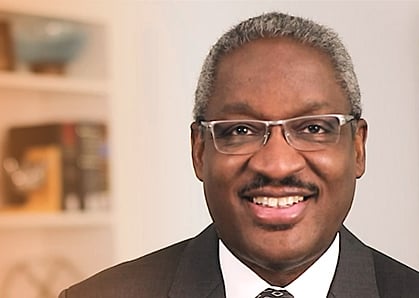Public-Private Partnerships Help the Economy
As printed in MY VIEW in The Miami Herald on June 6, 2011
According to the Florida Agency for Workforce Innovation, Miami-Dade County lost 6.7 percent of its total jobs from 2007- 2010, with construction jobs alone decreasing by nearly 50 percent. As a result of plummeting real estate values, municipal governments are facing enormous deficits and budget shortfalls.
With the private sector sidelined by tight capital markets, federal, state and local governments have joined with the private industry on an increasing basis to solve the public’s infrastructure challenges and help stimulate job growth. Not only can public- private partnerships continue to play a significant role in jumpstarting business activity, it can help governments finance critical public works projects that would otherwise remain on the shelf.
Just recently the U.S. Bureau of Labor Statistics reported that for the past four months our national economy has sustained job growth of approximately 200,000 jobs per month — nearly a 1 million job per month turnaround in only two years. The State of Florida last week reported that Broward and Miami-Dade counties saw job growth in April.
For Miami in particular, the relationship between government and the private sector is bringing to fruition a number of much needed large scale projects that are essential to Miami’s future success:
TRANSPORTATION IMPROVEMENTS
A number of major transportation initiatives are currently underway in Miami- Dade County as a result of public-private engagement. The Port of Miami Tunnel project, at $607 million, is being built by a private consortium with funding from FDOT, Miami-Dade County, and the City of Miami. The Port Tunnel will improve traffic flow in downtown Miami by reducing the number of cargo trucks and cruise related vehicles on congested downtown streets, and will aid ongoing and future development in and around the city’s urban core. Additionally, the port’s dredging project will enhance Miami’s standing as an international gateway city by positioning it to handle the super post Panamax-sized cargo ships that will move through the expanded Panama Canal in 2014.
The Airport City project at Miami International Airport will further secure Miami as a competitive global business center. This massive $6.2 billion capital improvement program is aimed at accommodating more than 50 million passengers annually and maintaining MIA’s position as the second most frequented international passenger airport in the United States.
NEW INDUSTRIES
As Miami continues to look for new industries — such as biotechnology — to diversify its economy, public-private partnerships and the incentives made available by local, state and federal government agencies are acting as a driving force. Tax incentive financing (TIF) and tax abatements for new and expanding businesses are attracting cutting-edge companies to locate their facilities in Miami and supporting targeted job generation without requiring significant up-front dollars from the public sector.
COMMUNITY RESOURCES
Another significant area in which public- private partnerships can help support community development is advancing cultural and recreational projects, something that local governments typically cannot fund alone. By bidding out work, local governments minimize out of pocket expenses and shift the risk of project delivery, while generating work for private employers and their employees. Key examples of this include the Museum Park project, New World Symphony and the Adrienne Arsht Center for the Performing Arts — all of which are landing Miami on the international stage for arts and entertainment. Additionally, public-private partnerships are making it possible to create entire new neighborhoods in once neglected areas of the City, such as Midtown Miami and the Wynwood Arts District.
LEADERS MUST THINK CREATIVELY
We’ve seen the positive impact that can be made when the public and private sectors come together for the common good. However, unduly burdensome regulations on doing business with government can complicate what could otherwise be an efficient means to create jobs and address public infrastructure needs, while at the same time, advance business objectives. The public and private sectors must continue to identify creative ways to implement projects that can support infrastructure, industry, and community resources.
About The Author:
Albert E. Dotson is a partner at Bilzin Sumberg Baena Price & Axelrod, LLP and the group leader of its land use and government relations practice. Steven J. Wernick is an associate in the firm’s land use and government relations practice group.
